During the early 00s, original science fiction was booming. The turn of the millennium saw the release of hits like Signs, Sunshine, Cloverfield, Wall-E, Inception, District 9 and many more. All these films featured character focused drama, spectacular action, and gorgeous cinematography. Sadly though, especially in the last 5 or so years, the genre has hit a bit of a snag, with the only success stories coming from legacy sequels, and long awaited adaptations. But 2023 has seen the release of one of the best original science fiction films of the last decade, The Creator… and it is absolutely stunning.
Set in the year 2050, Gareth Edwards The Creator is set in a world where humans have developed AI so far that robots have integrated with almost every aspect of our daily lives. After a nuclear attack in Los Angeles, the United States declares war on Artificial Intelligence, leading to an invasion of “New Asia” where AI is embraced and accepted.
Most of the film is set in the luscious landscapes of Southeast Asia like Vietnam and Thailand and embraces the natural beauty of its locations without unnecessary overlays that are often found in Hollywood movies when depicting foreign countries. The cinematography is absolutely one of the film’s strongest aspects, with the lighting, framing, and CGI all seamlessly blending together to produce stunning shots that stand shoulder to shoulder with science fiction monoliths like Bladerunner. But how does Gareth Edwards produce such aesthetic shots? It all comes down to two aspects, the seamless blending of CGI elements into on-site shooting, and a unique choice of camera and lens.

When you have millions of dollars at your disposal to make a movie, its safe to say you almost have free range when it comes to choosing a camera to shoot on. However, Gareth Edwards took his freedom of choice and picked a model that no one was expecting. Costing only $4,000, less than 10% of an industry standard camera, Edwards shot The Creator on a Sony FX3. Along with cinematographers Greig Fraser and Oren Soffer, Edwards said he predominantly chose the Sony FX3 due its weight, with all three of them agreeing that no cameraman enjoys carrying around a heavy brick day after day.
As well as its practicality for handheld shots, Edwards also said that advancements in filmmaking technology influenced his choice, stating that recent developments have allowed him to shoot at up to 12,800 ISO, meaning the camera is so powerful he can effectively shoot in moonlight with clear picture. This innovation also meant that fewer artificial lights were needed on sets, giving Edwards and his team more flexibility to shooting in and adapt the natural light of the locations. In the scenes that did require heavier use of artificial lights, Edwards learned on set that directly applying the light onto the actors instantly drew him out of the shots, as the light felt unavoidably fake with no natural motivation. As a result, Edwards and his team were frequently bouncing the artificial lights off of natural surfaces. The resulting effect made the lighting feel real and natural, even when its source was a giant LED panel.
Edwards has previously gone on record about his fascination with anamorphic images, which were heavily used in classic science fiction movies from the 70s and 80s, like Bladerunner and Alien. As a result, Edwards and his team paired the Sony FX3 with Kowa Cine Prominar 75mm anamorphic lenses, which they reportedly used for about 95% of the shoot. The primary benefit of anamorphic lenses is there ability to incorporate a wide field of view in narrow lenses, giving even the tightest of shots the impression of epic scale. As well as the cinematic image, the 75mm width on an anamorphic lens is as close to replicating the natural view through the human eye as possible, which helps ground and immerse the audience in the image, especially in the handheld shots like the opening scene on the beach.
Even with all of the science-fiction elements removed, The Creator is a gorgeous film, but then you get to the action scenes with 20-foot-tall tanks and humanoid robots… and it’s all looks seamless. It helps that Gareth Edwards is no stranger to CGI. For his 2010 feature debut Monsters, Edwards completed all 250 visual-effects shots, which included full scale renderings of monsters, in just five months from his bedroom. His strong technical literacy of visual effects has given Edwards the tools to fully envision the CGI elements in his shots whilst on location, making it easier for the visual effects to blend seamlessly with the natural footage.

Edwards has previously said that, in terms of visual effects, he and his crew essentially made the film backwards. A typical CGI filled science fiction blockbuster would require the director and their team to produce concept art, which would then be shown to the studios and the film would be funded under the pretence that it had to be shot in a studio on greenscreen, but Edwards was adamant about shooting on location.
Edwards and his crew went to amazing locations like Nepal, Vietnam and Thailand and essentially shot the entire film, edited it together and trimmed it down to its theatrical runtime, and then used photoshop to design the science fiction elements. These painted images were then projected onto three-dimensional geometry to make it feel real and were the key references for bringing the fantastical elements of The Creator to life. This method is counter-intuitive to most Hollywood blockbuster films, especially in the sci-fi genre, which tend to plan and build the shooting of the film around the CGI elements, rather than prioritizing location shooting with the visual effects being second priority.
Despite your views on AI, or the film’s narrative, it’s undeniable that The Creator has helped re-write the formula for large-budget blockbuster filmmaking, especially science fiction. Meaning that Hollywood may finally move away from ugly, rushed CGI spectacle and go back to the good old days of on-location, guerrilla filmmaking.
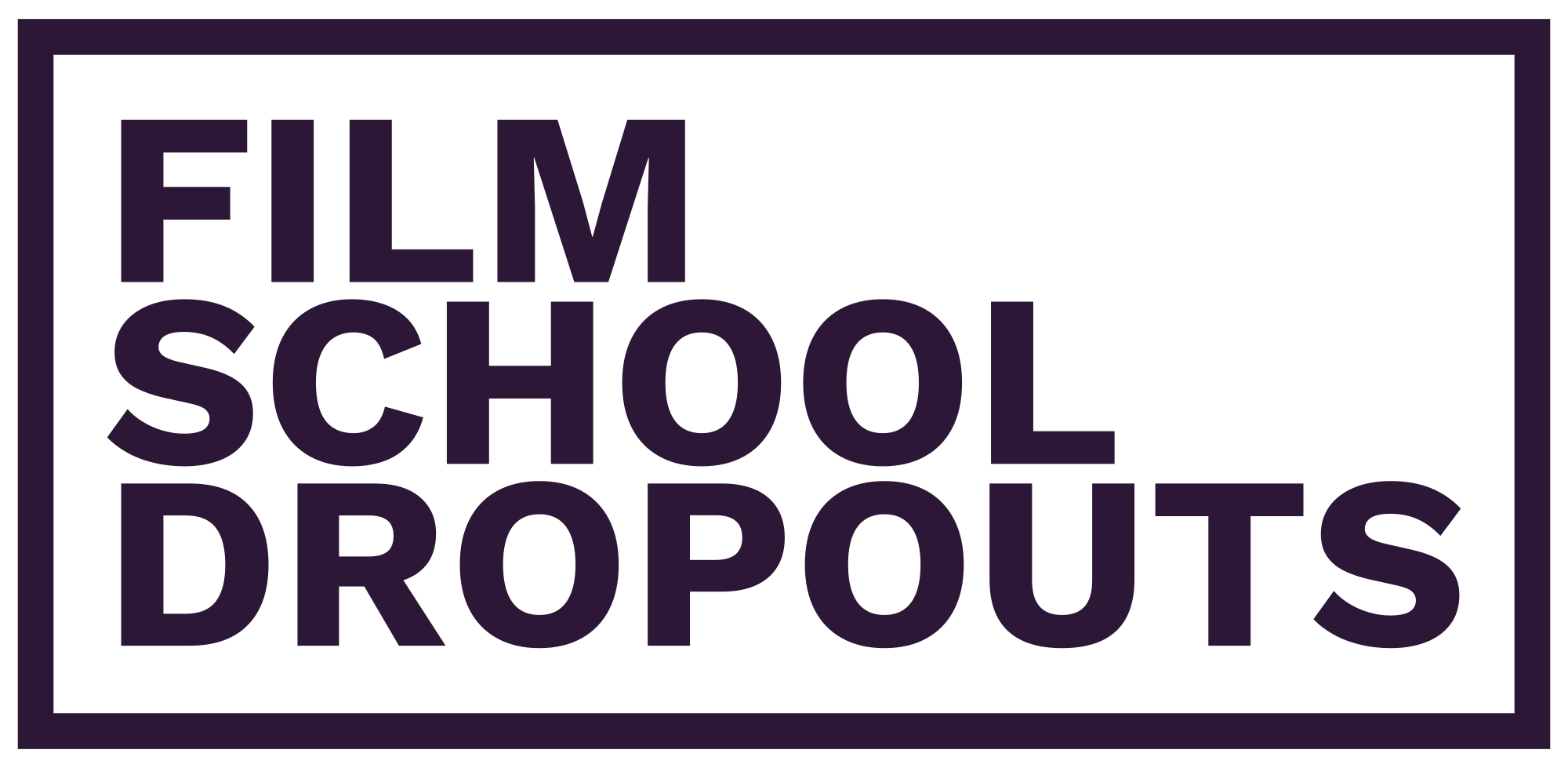

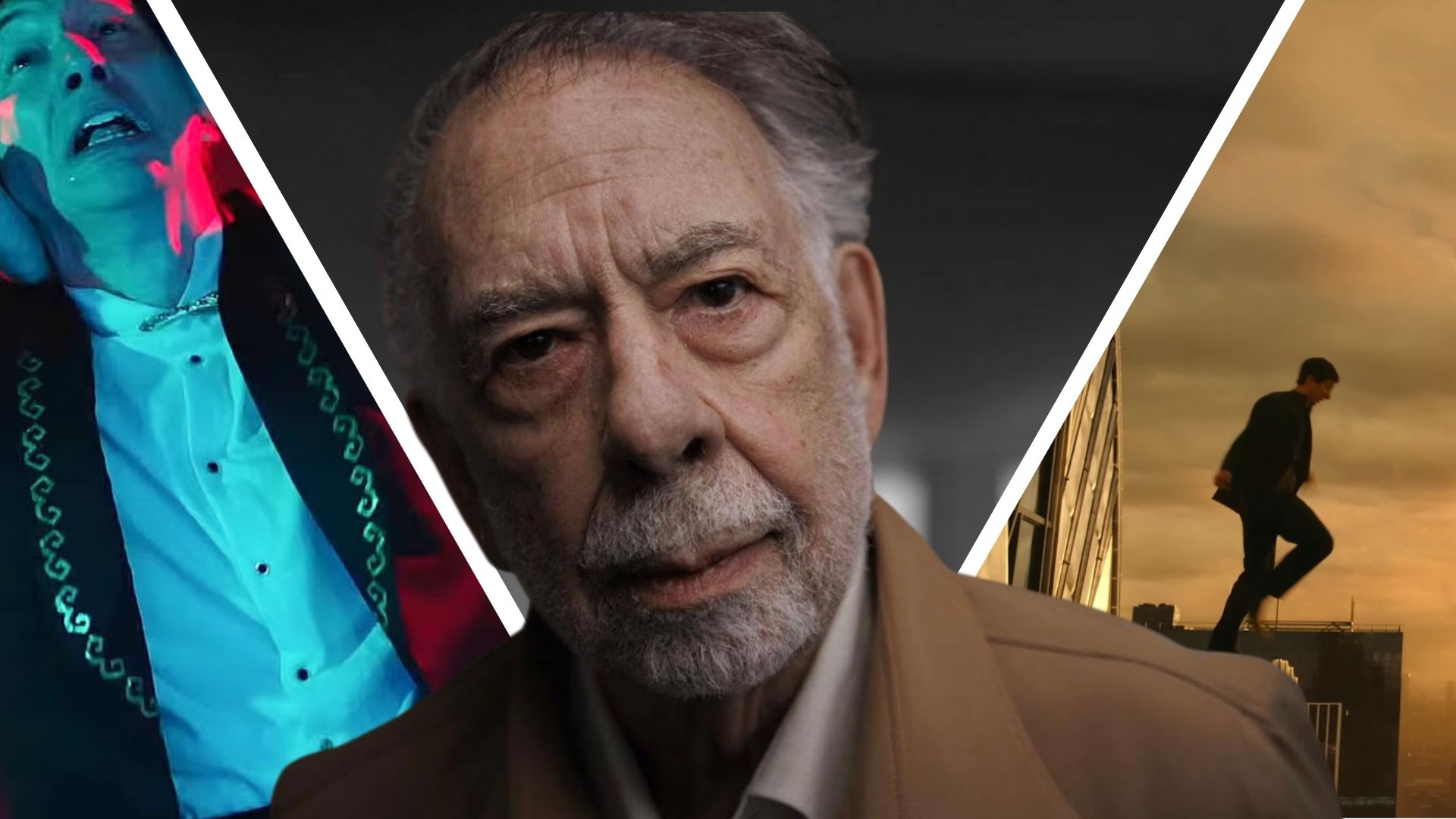


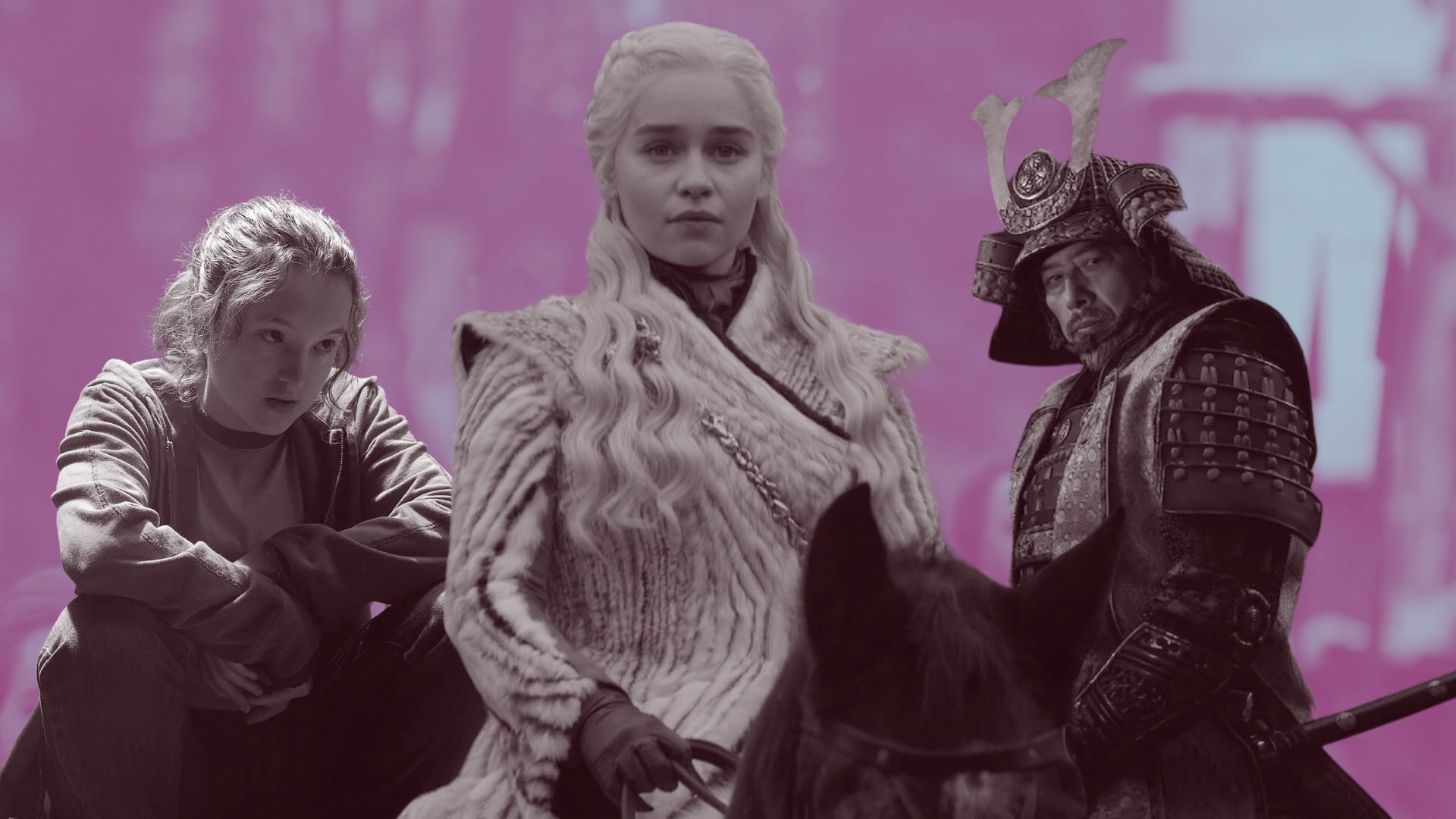

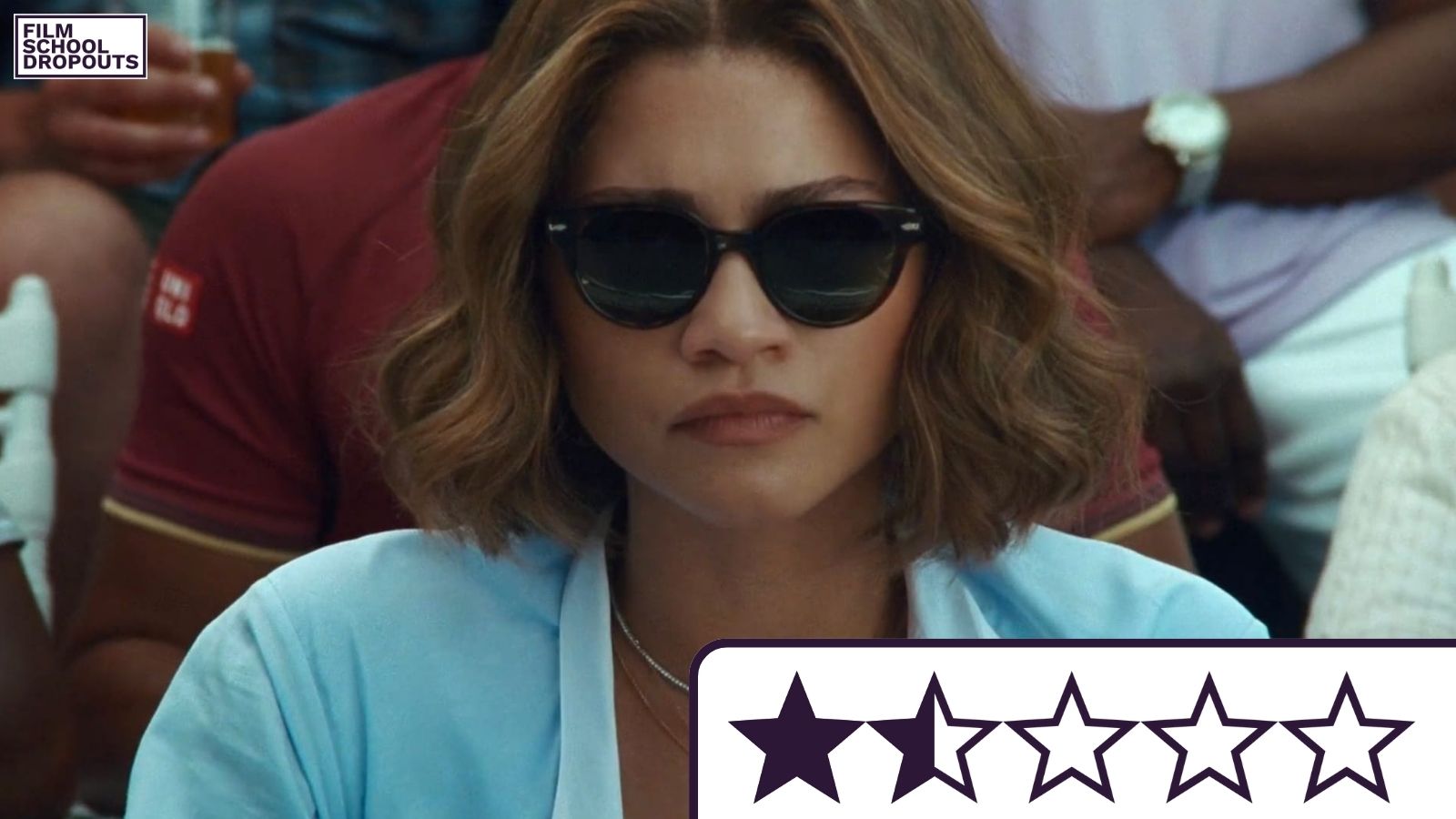





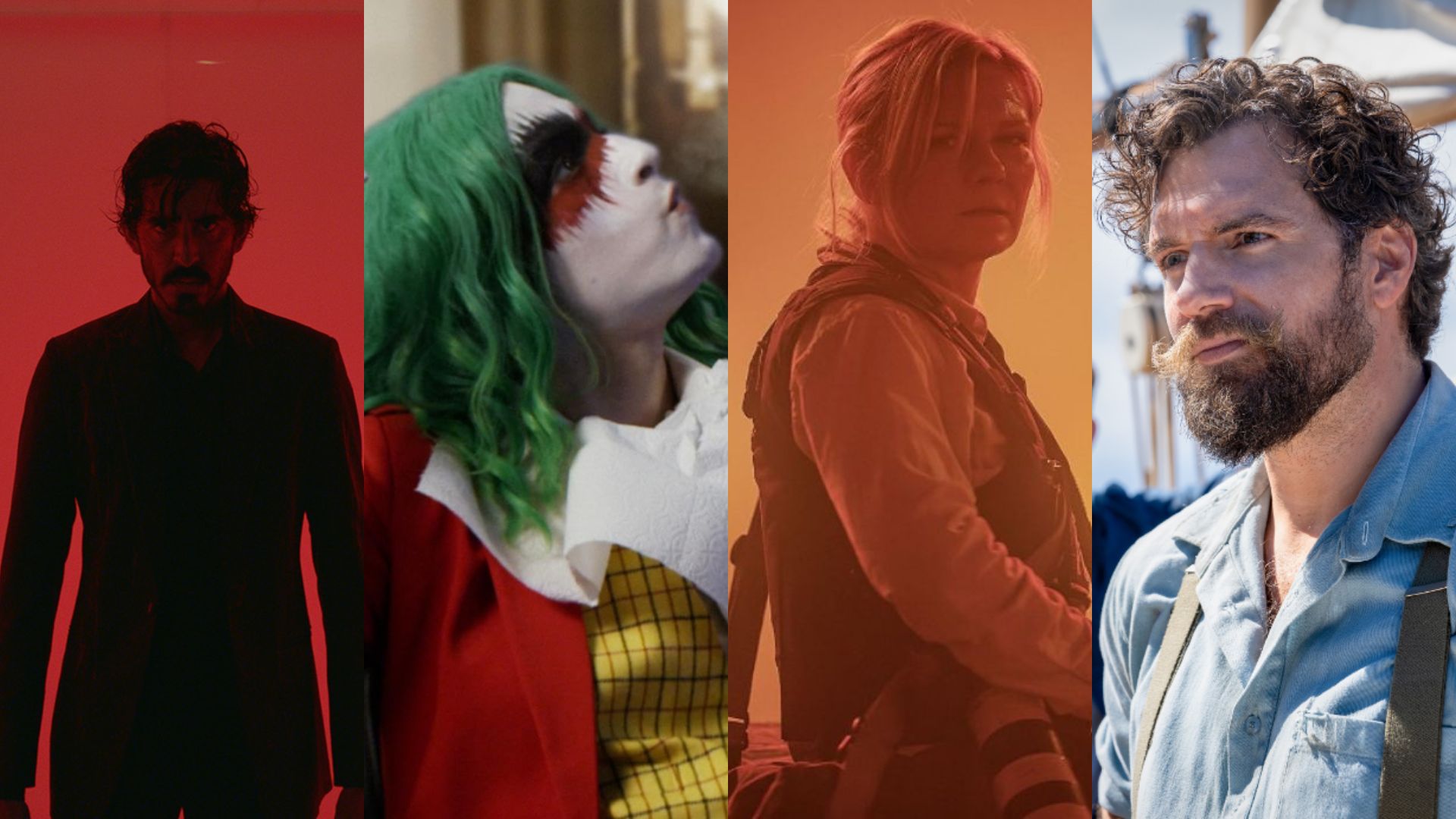

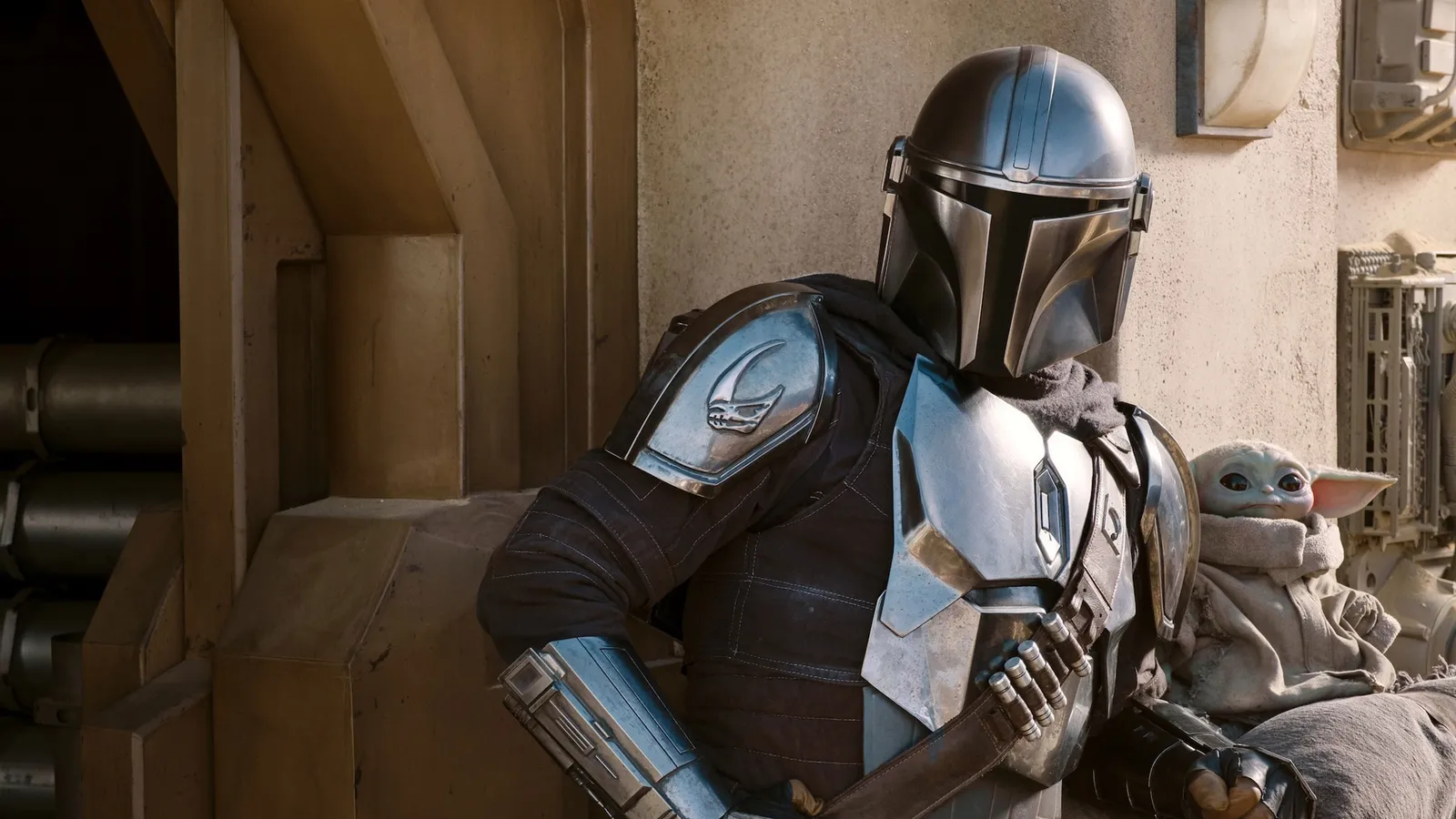
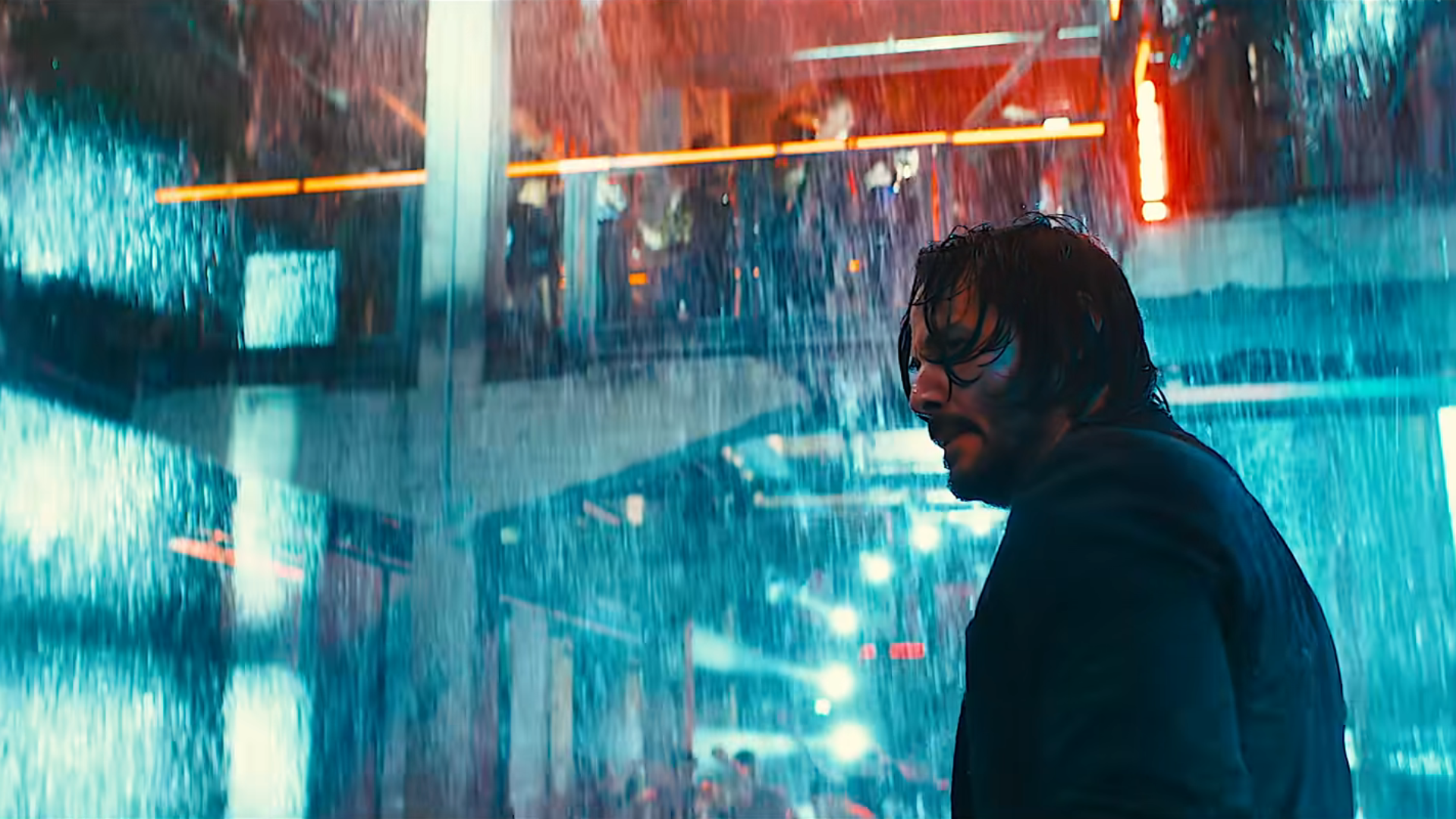
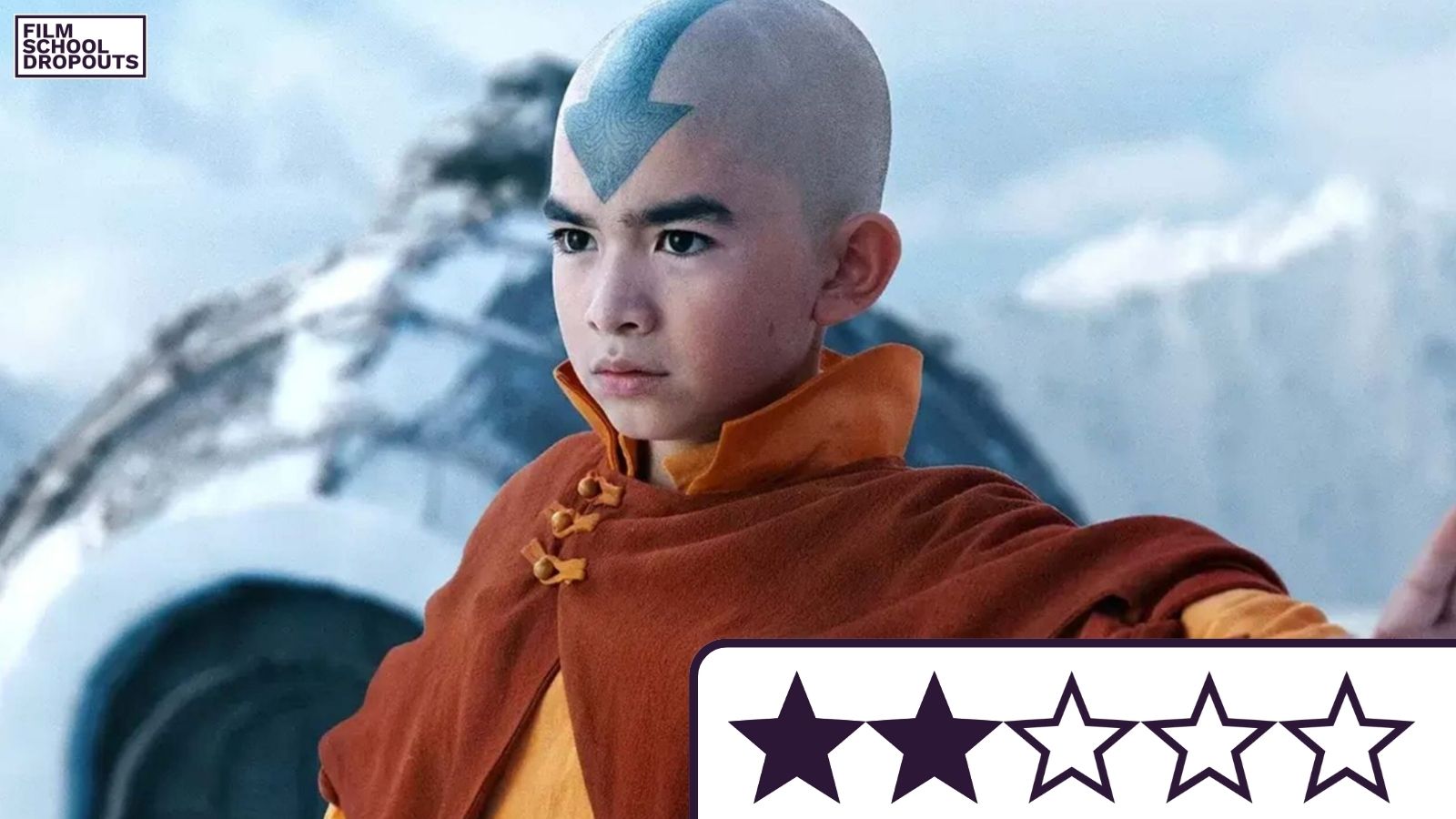

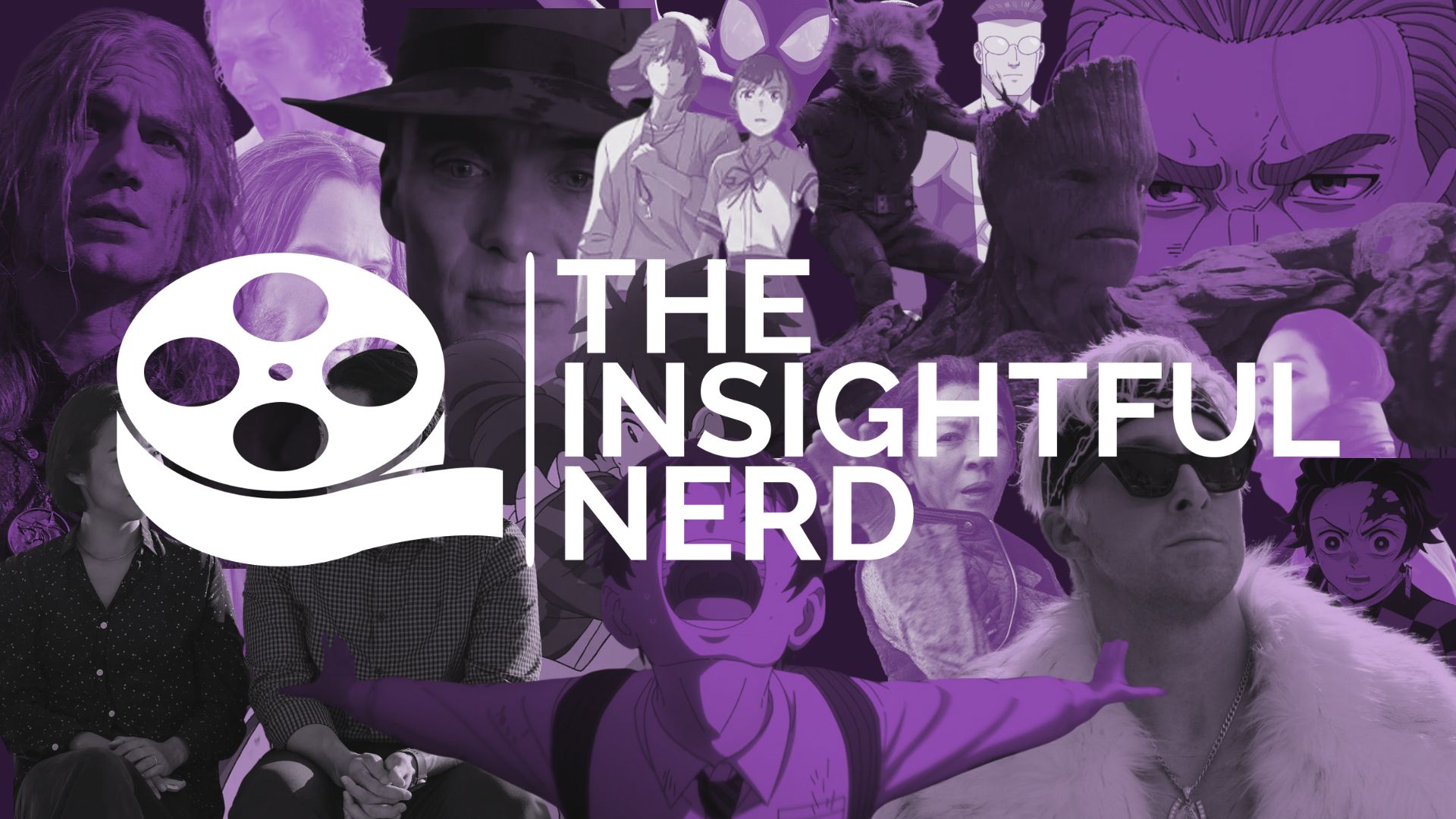
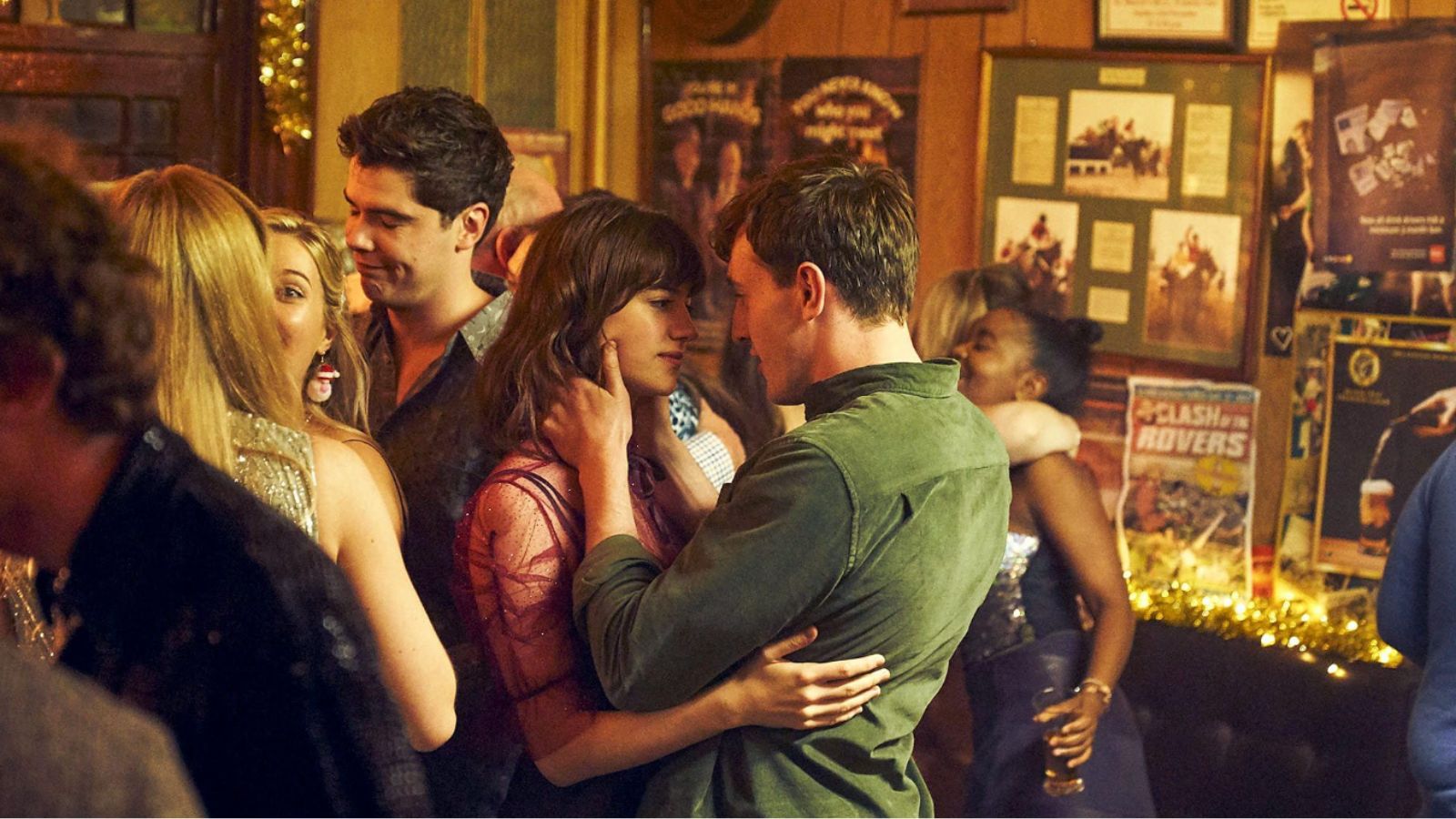

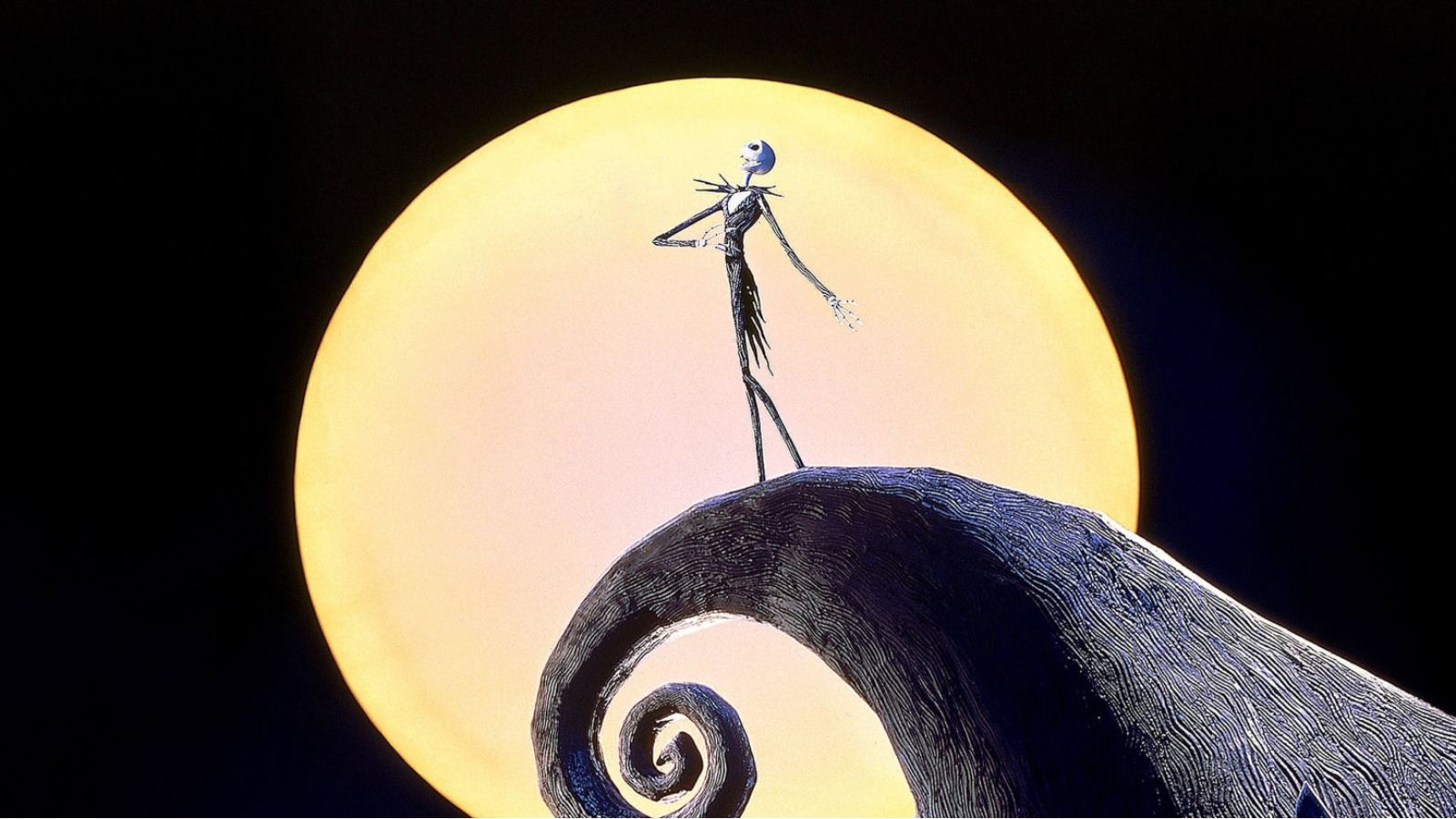

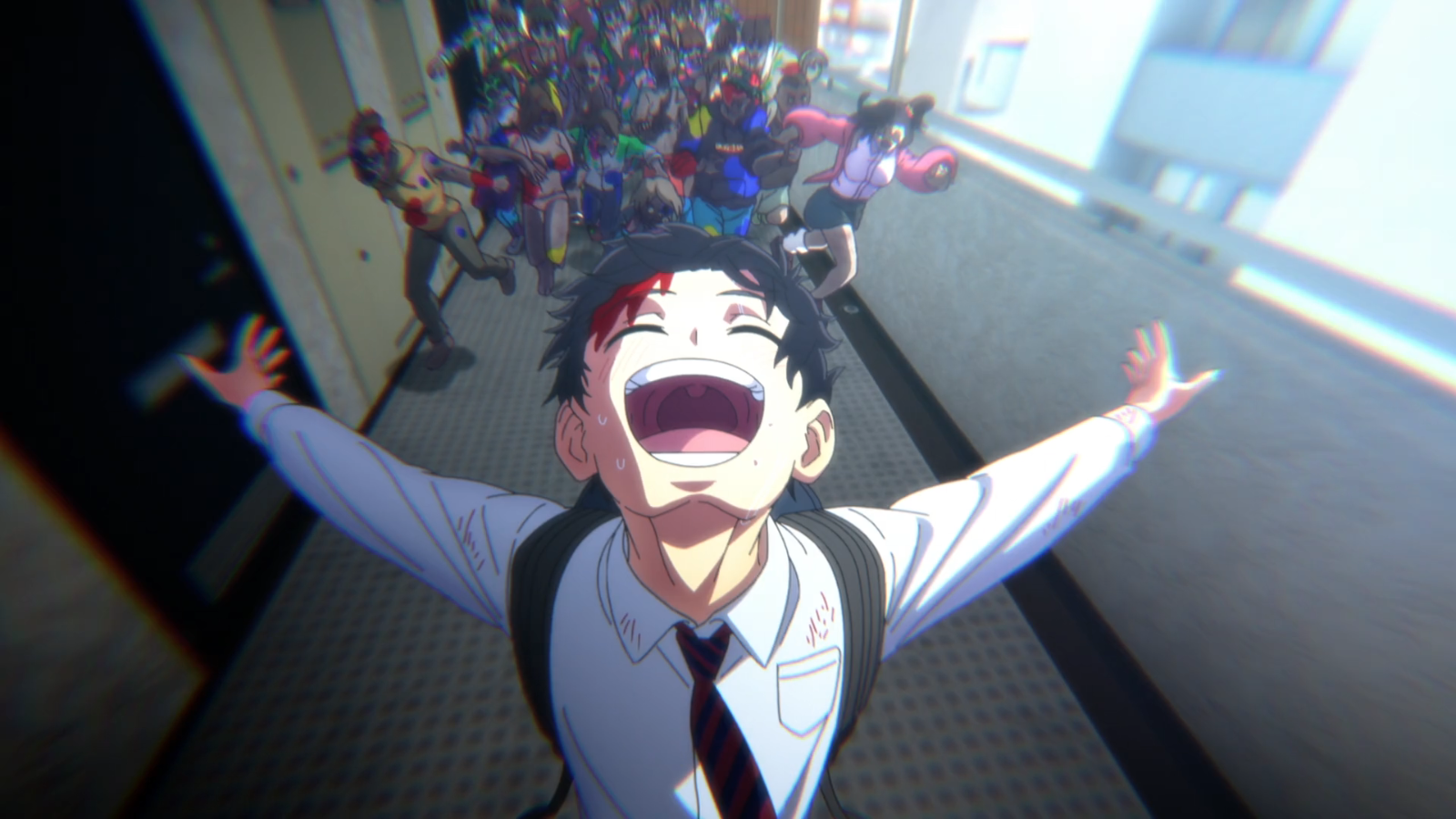
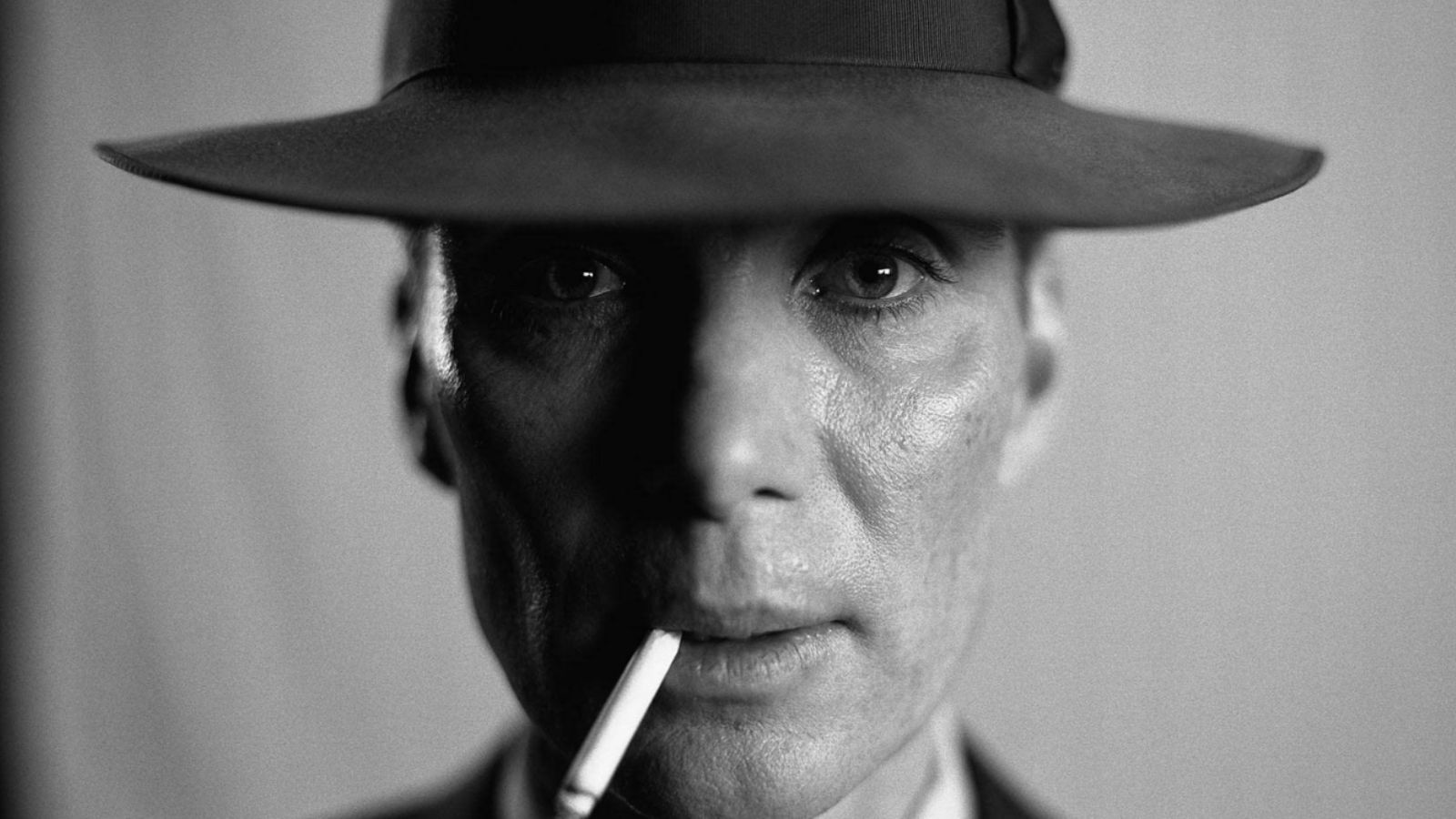
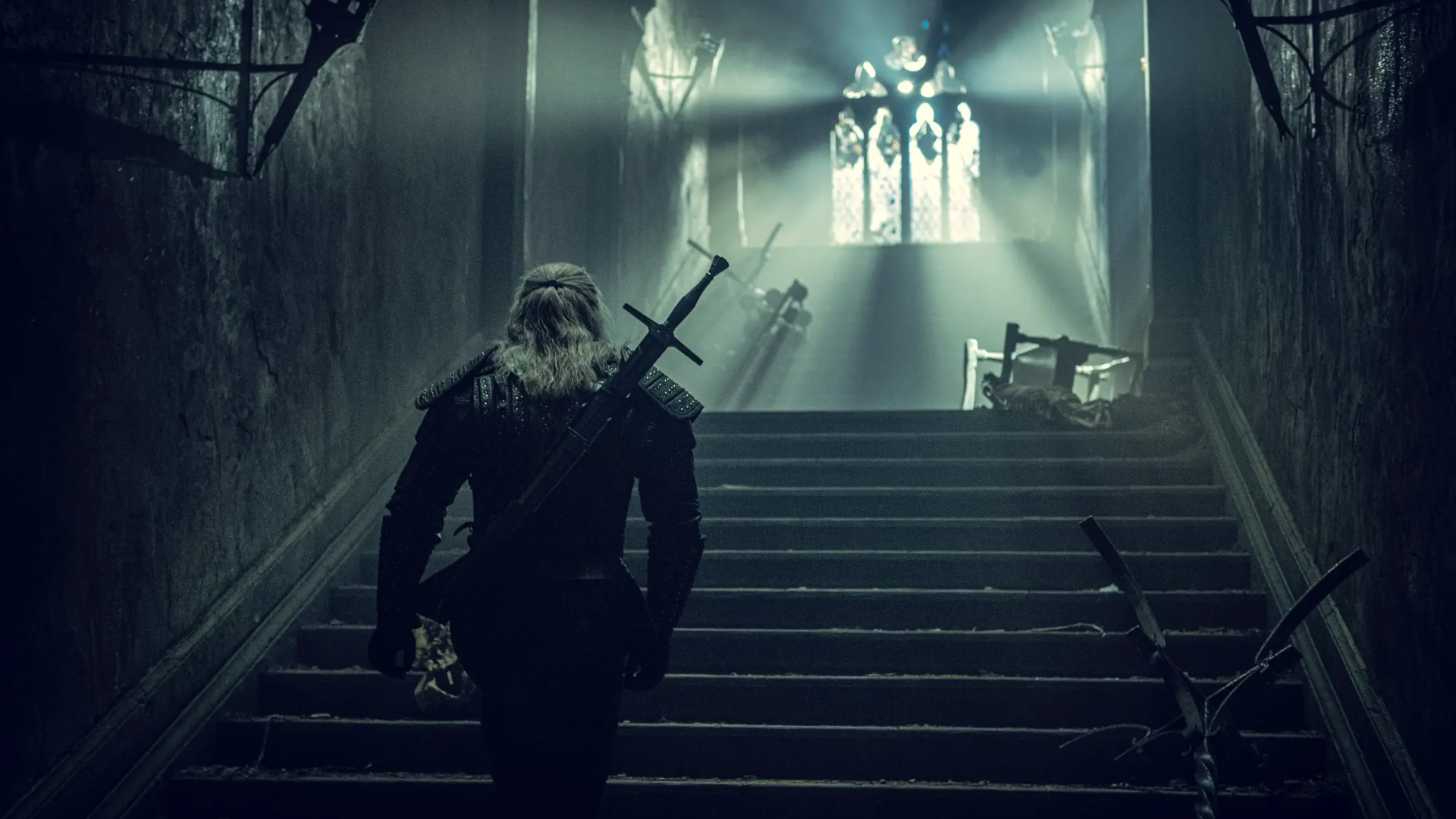


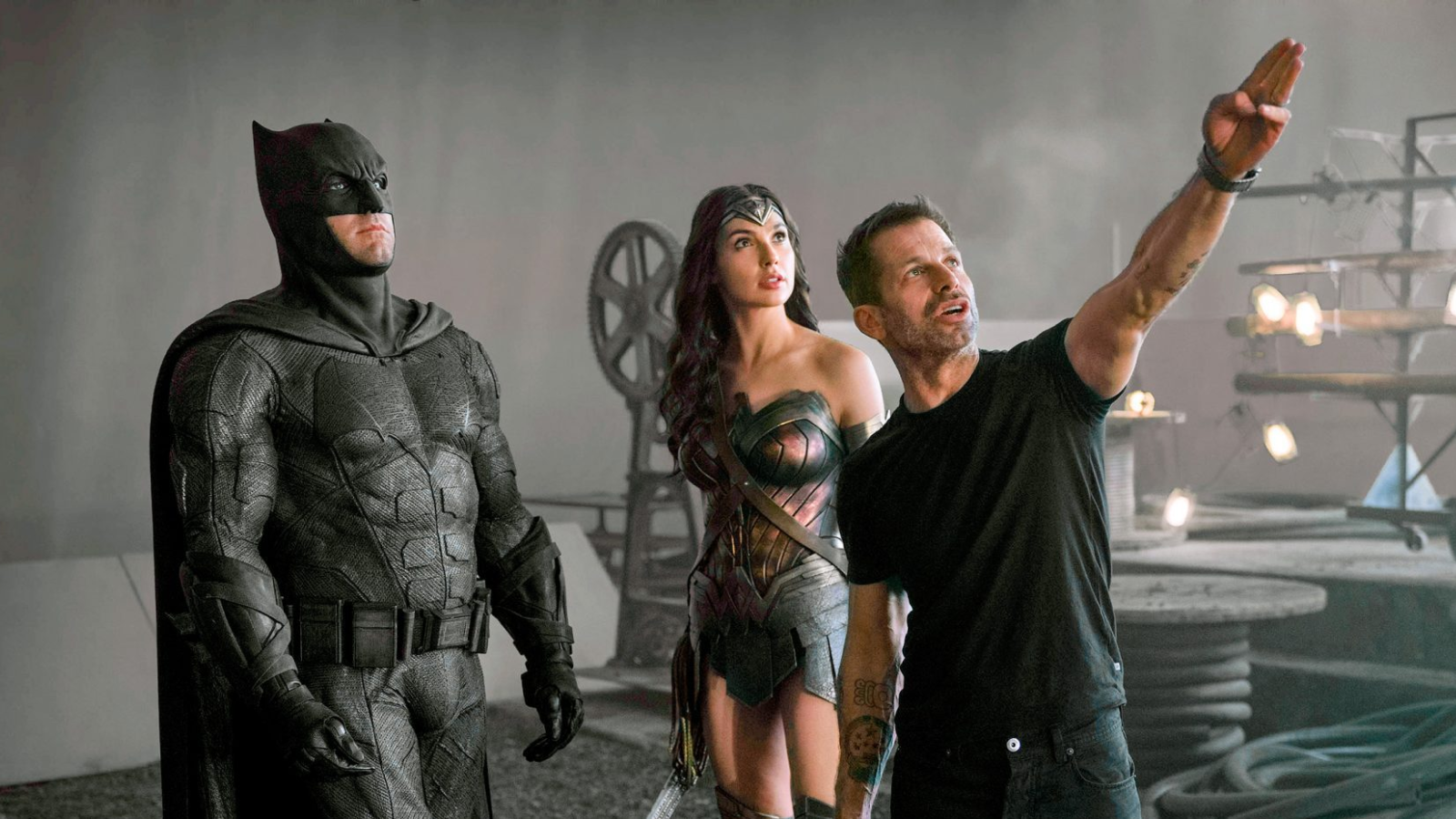


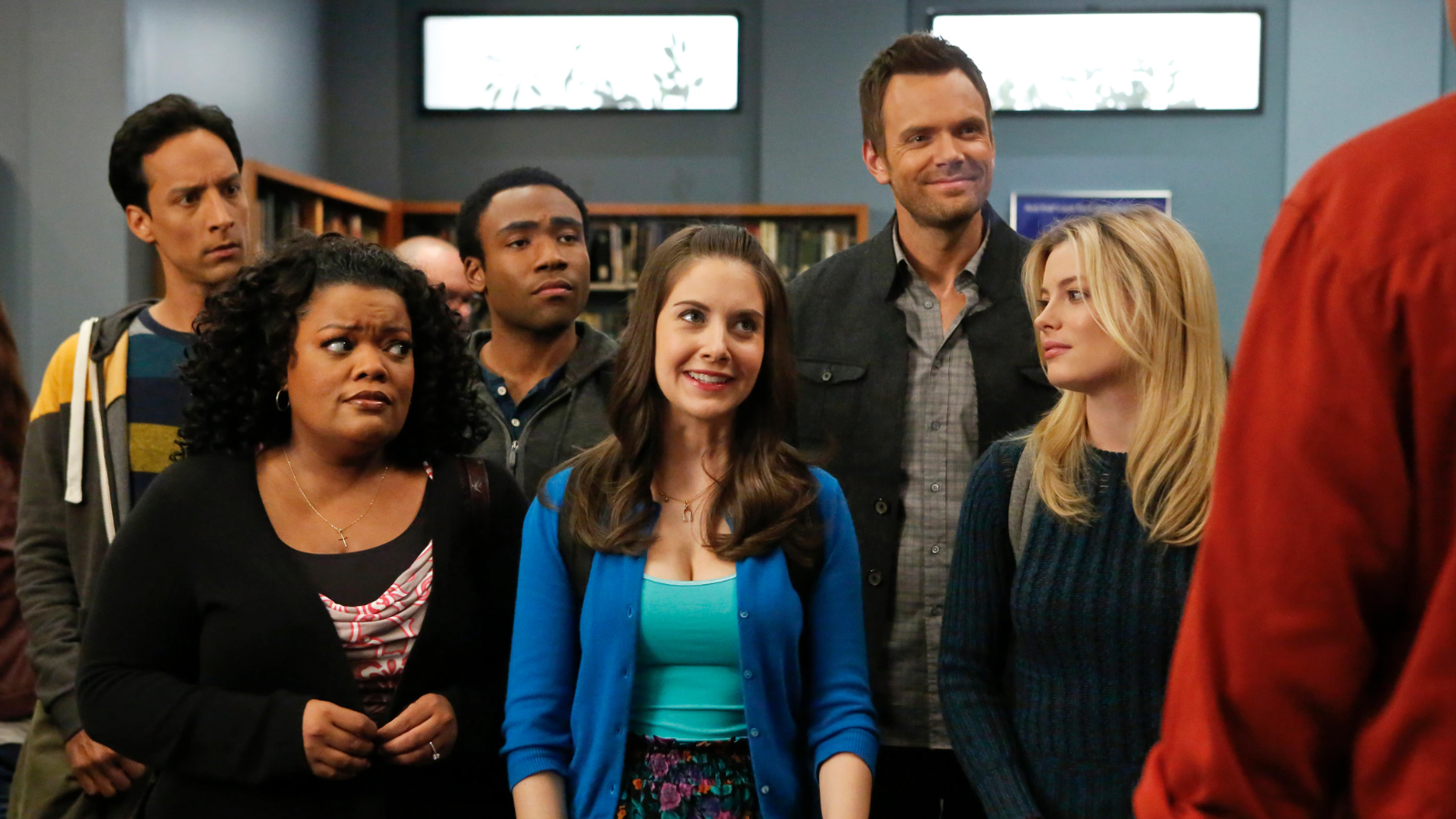
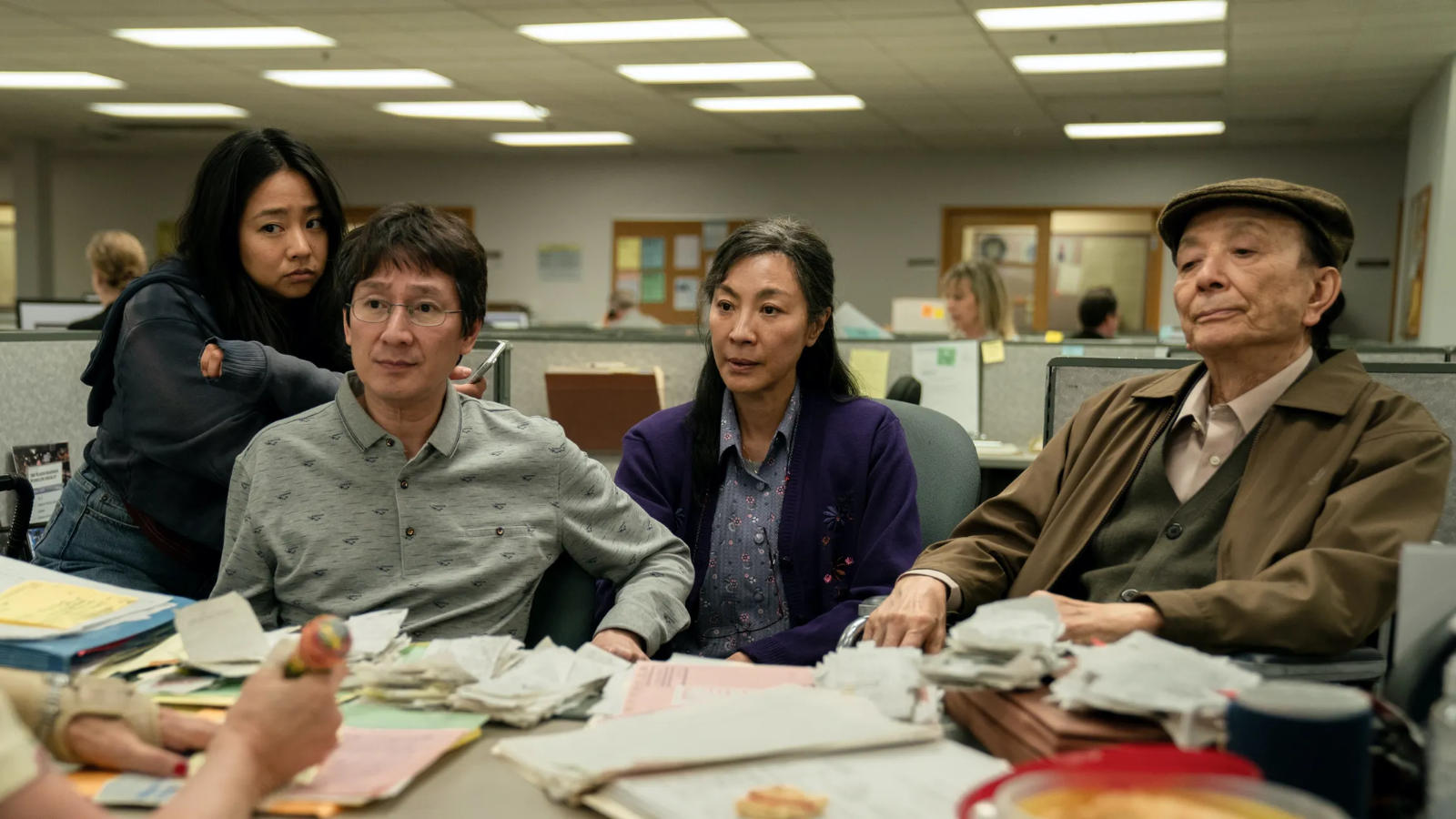


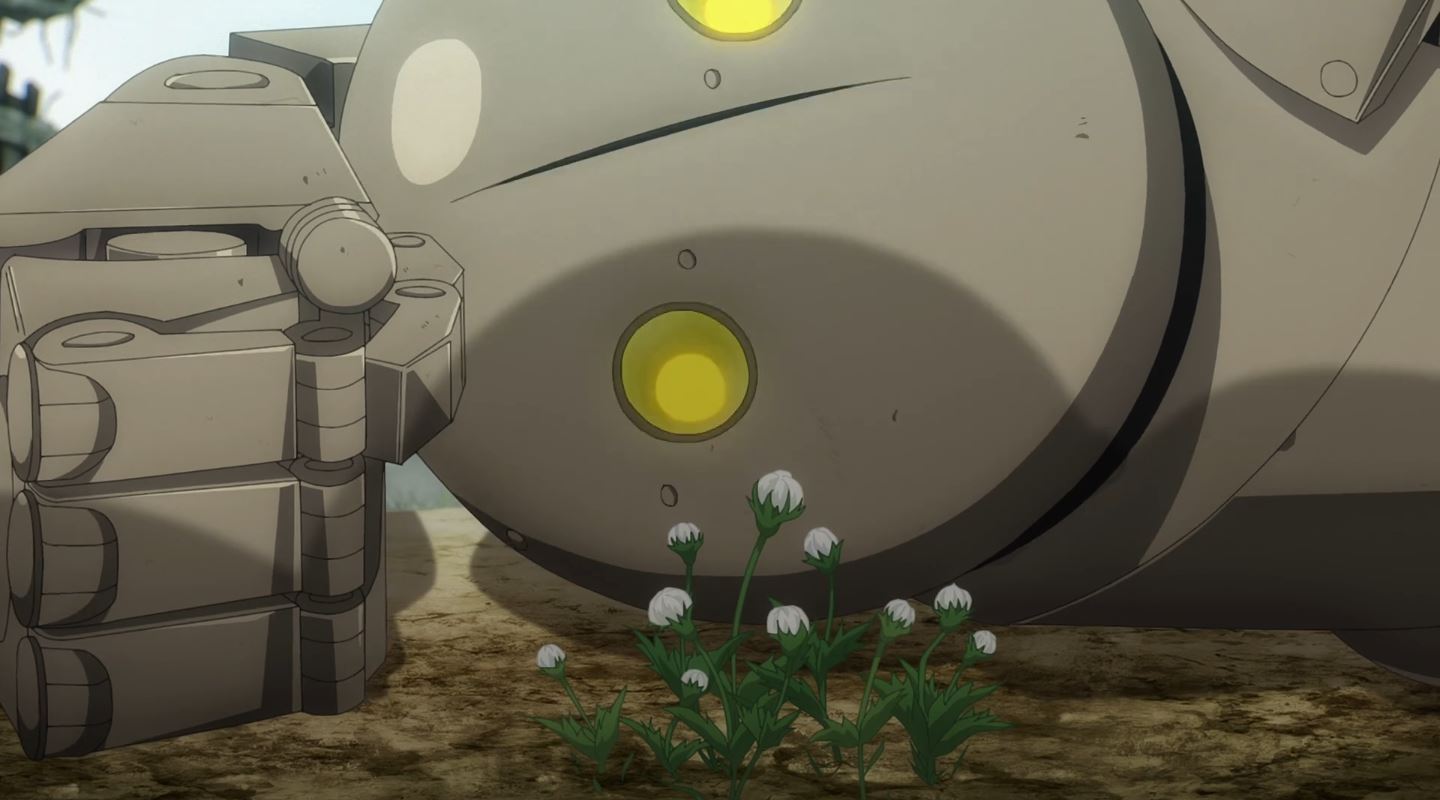
Leave a comment